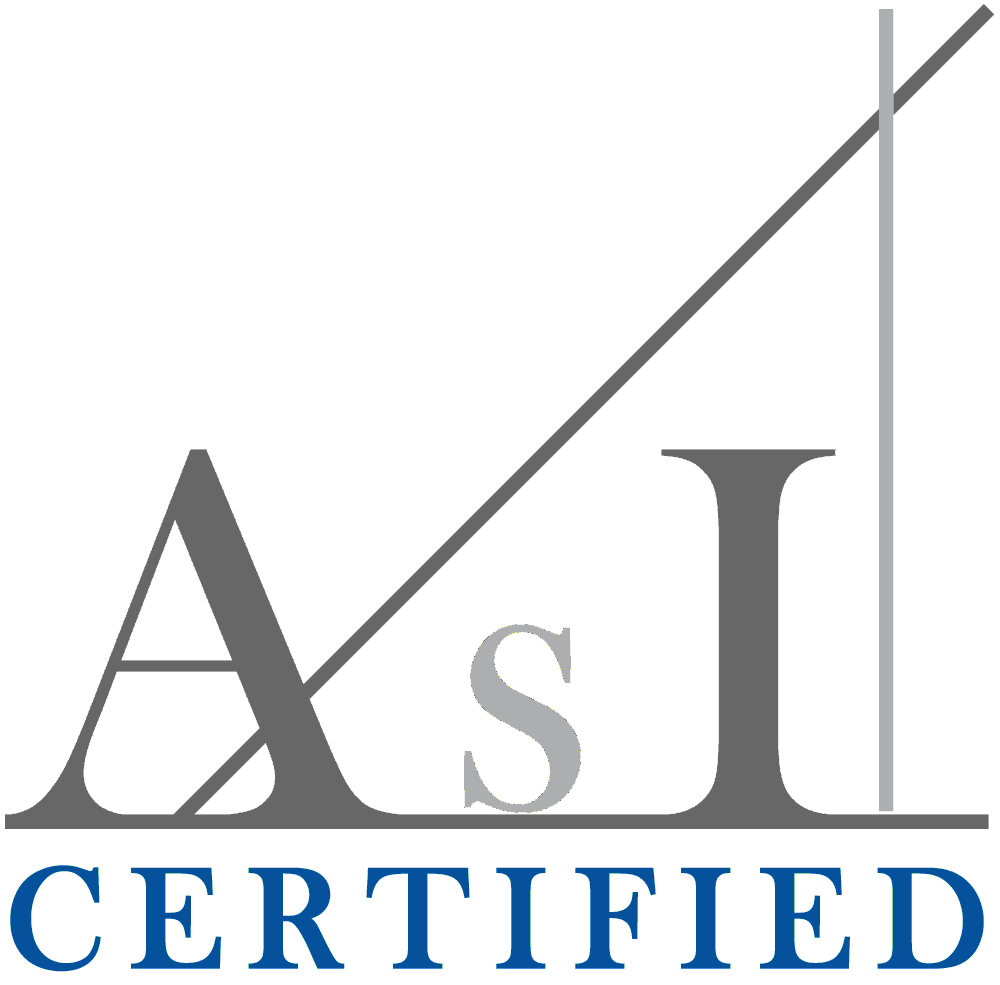
BlueBook Series ASI Certified
The BlueBook Series is Certified by the Academic Standards Institute (ASI) for accuracy of content.
Theoretical Section 5 – Micro Structural Frameworks, Tools and Instruments
This part of the theoretical sections outlines the frameworks, tools and instruments, along with the languages to implement change in the perceptual field and beyond. The working canvas and overlay that sits on top of the new property is based on consciousness, thought and the structure of information itself and the flows of energy it directs.
Volume 28 – Applied Neoscience – Consciousness, Information and the Sphere of Knowledge – this volume outlines the inter-relationship between process – object relationships in thought and how this relates to what we classify as information all within the sphere of knowledge and the broader picture that is inclusive of the perceptual field and the spatial-temporal domains within consciousness.
Volume 29 – Meta-Language Handbook – Languages, Universal Language and Mathematical Description
Provides the connecting pieces for the working in the in-formation universe and navigation for all the plat-forms and vehicles of the 3rd Generation web offering and the Issue Centric Voting mechanisms of the Global Nation. The meta-language provides a new and internationally accessible language for navigating the new environment as well as providing the pieces that connect everything together. The navigational mechanisms provide the basis for navigating the semantic and data grid layers among others of the 3rd gen web. This volume gives an overview of language in general as the operable tool set and instrumentation of effecting change. It covers similarities in languages spoken, computing, biological, genomic, light languages.
Volume 30 – Book of Core Principles, Practices and Disciplines – The book overviews principles distilled from neoscientific understanding which is drawn from both spiritual traditions and scientific parallels. It then draws connection between these principles and practices. It outlines the model of transformation that is central to all practices and disciplines in the course of traversing the perceptual field and consciousness. This is then outlined with practical application to the tools and instruments found in the platforms and network offered in the USM.
Volume 31 – Book of Quawn - Is about providing a neoscientific understanding and applying it to spiritual practice for the individual and the community. Its goal is to develop a community of light workers. It provides through story, which is a narrative about Master Oglivar Quawn and the founding of the virtual city of Quawn via an n-dimensional portal that he invented. The name Quawn comes from the word Quantum meaning packet of light. The book presents a neoscientific perspective as a ba-sis for spiritual practice and discipline. It also pro-vides an introductory section on path and prac-tice and introduces a number of supporting data-bases to this end. It also provides introduction to the Quawn Logs database that support mission reports and experiences of the Quawn.
“The Quawn” are a spiritual special forces unit and community. They focus on building intent , skills, practice and community. In some ways they are analogous to the fictional Jedi Knight. Their path and practice provide those that work with light the capability to see beyond the senses realm and provide a necessary basis to serve the highest good in the universe at large.
Volume 32 – Lightworkers Handbook – The Lightworkers handbook is interlaced with stories and principles and working as a lightworker, warrior in the spatial temporal realm. It introduces an overview of principles like karma, the 4P’s and an I principle, discernment matrices, resources, credibility and more. It builds on the Book of Quawn.
Volume 33 – Frameworks, Networks, Ecosystems, Platforms, Tools and Instruments – This volume overviews the framework, networks, ecosystems, platforms, mini-platforms, applications, drivers, tools and instruments in the USM from a theoretical level. It drills down to practical level supplements that identify current versions and iterations of each of these.

The BlueBook Series is Certified by the Academic Standards Institute (ASI) for accuracy of content.